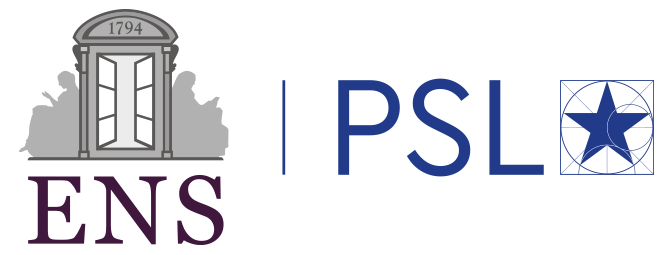Domaines
Condensed matter
Type of internship
Expérimental et théorique Description
Understanding the parameters which determine the magnitude of thermal conductivity K in solids is of both fundamental and technological interests. K is sensitive to all quasiparticles carrying energy, whether charged or neutral. Foremost among these are phonons, the collective vibrations of atoms in crystals. Measurements of K, however, have also identified more exotic carriers: emergent quasiparticles such as non-Abelian states that manifest in the fractional quantum Hall effect, or spinons in the antiferromagnetic Heisenberg chain. In terms of applications, thermal properties of solids are at the heart of major social and environmental issues. The need, for instance, for highly efficient thermoelectric and thermal barrier devices to save energy has driven the quest for low thermal conductors. Over time, a range of strategies has thus been suggested to hinder phonon velocities and/or mean free paths. Among them, a promising concept to further impair the phonon mean-free path is based on magneto-elastic coupling. The aim of this work is therefore to investigate, both experimentally and theoretically, magnetoelastic coupling and its impact on thermal conductivity. The systems to be studied will be (but not restricted to) Tb perovskites, and will include high-entropy or entropy stabilized compositions, displaying glass-like thermal conductivity.
Contact
Sylvain PETIT
